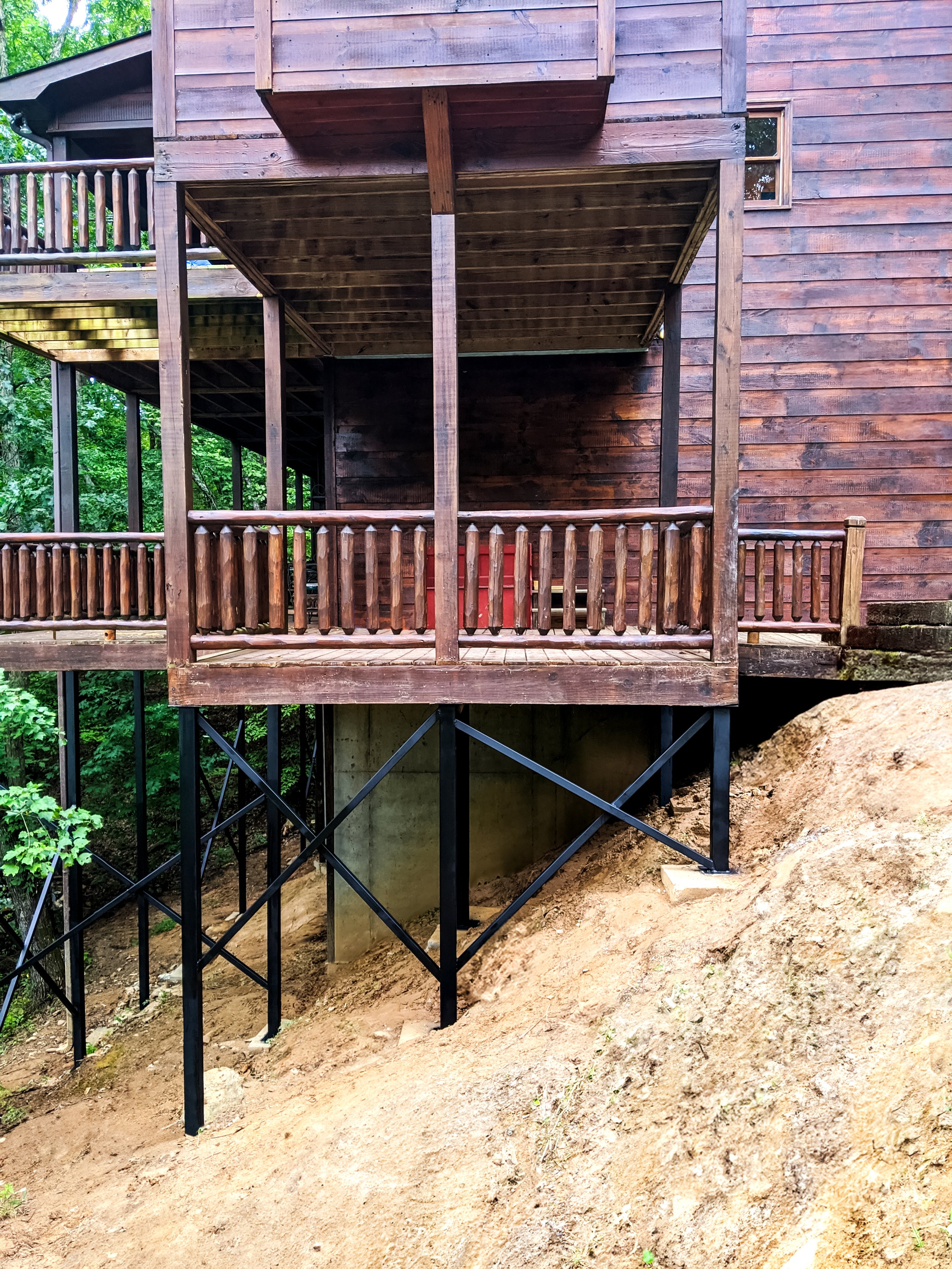Can You Repair Rotten Decking Without Replacing It?
When it comes to outdoor living spaces, a deck can be a homeowner's pride and joy. However, over time, exposure to the elements can lead to one common issue: rot. But here's the million-dollar question: Can you repair rotten decking without replacing it? In this article, we'll explore the ins and outs of deck repair strategies, share expert tips, and provide guidance for those who may find themselves in need of a little TLC for their beloved deck.
Understanding Deck Rot: What Is It?
Deck rot refers to the deterioration of wood caused by fungal decay. It's an issue that often arises from moisture accumulation due to rain, humidity, or poor drainage. Over time, untreated wood can weaken, leading to structural instability.
Types of Deck Rot
What Causes Deck Rot?
- Moisture Issues: Poor drainage or lack of ventilation leads to trapped moisture.
- Lack of Maintenance: Neglecting regular cleaning and sealing can speed up deterioration.
- Poor Quality Materials: Not all woods are created equal; some are more resistant to rot than others.
Signs Your Deck Might Be Rotting
It's crucial to catch deck rot early to avoid costly repairs or replacements later on. Here are some signs that your deck might be in trouble:
1. Soft Spots
If you notice any sections of your deck feeling spongy or soft underfoot, that's a red flag.

2. Discoloration
Dark patches on your decking can indicate moisture retention and potential rotting underneath.
3. Cracks or Splits
Wood that is cracking or splitting is not only unsightly but also a sign that it may be weakening.
4. Mold Growth
If you see mold or mildew forming on your deck's surface, it's likely because moisture is being trapped.
Can You Repair Rotten Decking Without Replacing It?
Absolutely! While replacing rotten boards may be necessary in severe cases, many homeowners can salvage their decks through effective repair techniques.
Assess the Damage First
Before diving into repairs, take a thorough look at your deck:
- Inspect each plank for signs of damage.
- Look at the support posts and beams too; they’re just as important!
Tools You’ll Need for Deck Repair
Before starting your repair journey, gather these tools:
- Hammer
- Pry bar
- Screwdriver
- Wood chisel
- Safety goggles
- Wood filler
- Sandpaper
Repair Methods for Rotten Decking
Now let's dive into some effective methods for repairing rotten decking without needing a complete overhaul.
1. Spot Repairs
This method involves replacing only the affected areas rather than entire planks.
Steps:
2. Using Wood Epoxy
For minor rot damage like soft spots or small cracks, wood epoxy works wonders!
Steps:
3. Filling Gaps with Wood Filler
If you spot small holes from insects or minor rotting areas, consider using wood filler as a quick fix.
Steps:
Preventing Future Deck Rot: Maintenance Tips
Once you've repaired your decking, you'll want to keep it looking great! Here are some essential maintenance tips:
1. Regular Cleaning
Make sure you clean your deck at least twice a year:
- Sweep away leaves and debris
- Use a power washer carefully
2. Sealant Application
Applying sealant protects against moisture:
- Choose water-repellent sealants suitable for outdoor use
- Reapply every couple of years
3. Proper Drainage
Ensure proper drainage around your deck:
- Check gutters and downspouts
- Consider landscaping adjustments if water pools near the foundation
When Should You Call Professionals?
While many repairs can be DIY projects, sometimes it's best to call in professionals—especially if you're dealing with significant rot or structural issues that could compromise safety.
Signs It's Time for Help
Searching online for "deck repair Atlanta" will yield numerous local experts ready to help!

FAQ Section
Q1: How do I know if my decking needs replacing instead of repairing?
A1: If more than 30% of your decking shows severe signs of rot—like deep cracks or extensive soft spots—it may be time for replacement rather than repair.

Q2: Can I use treated lumber for repairs?
A2: Yes! Pressure-treated lumber is more resistant to rot and pests; it's an excellent option when making repairs.
Q3: Is there any way to prevent future rot effectively?
A3: Absolutely! Regular maintenance including cleaning and sealing is key in preventing future rot problems!
Q4: How often should I inspect my deck?
A4: Inspect at least once annually; however, after severe weather events is also wise!
Q5: What's the best way to clean my deck before sealing it?
A5: Using a power washer combined with mild soap is effective but ensure you're cautious not to damage underlying surfaces!
Q6: Are there specific products recommended for treating existing rot?
A6: Yes! Look into high-quality epoxy fillers designed specifically for wood restoration; they work wonders!
Conclusion
So there you have it—a comprehensive deck and porch repair guide on whether you can repair rotten decking without replacing it! With proper assessment and technique, many homeowners find they can save money while restoring their outdoor spaces beautifully! Whether you're grabbing your tools or calling “deck repair Atlanta” experts for assistance—don’t let deck rot get you down! Keeping up with maintenance will ensure that beautiful outdoor space remains safe and enjoyable for years ahead!